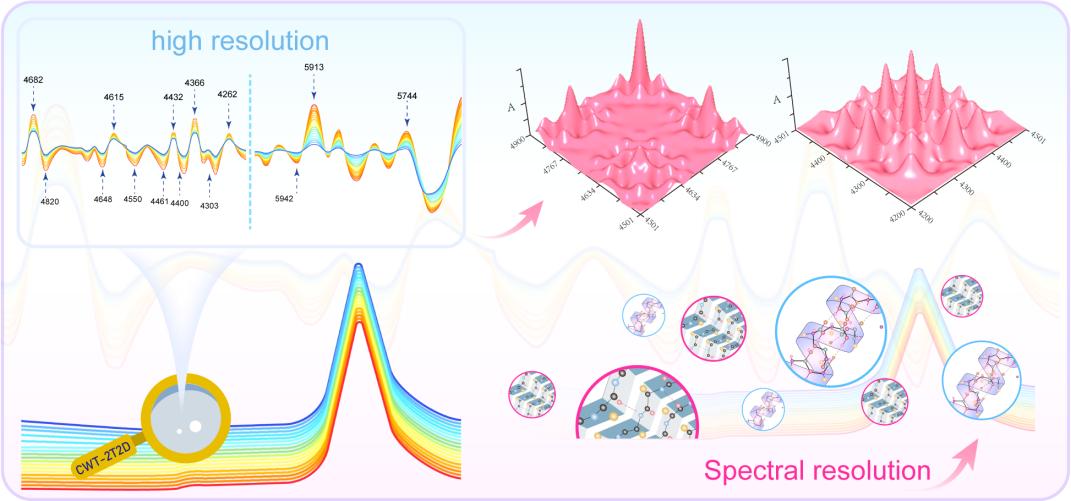
A new method for early-stage lung cancer detection has been developed by Associate Researcher HAN Xin from the Hefei Institutes of Physical Science of the Chinese Academy of Sciences, in collaboration with DENG Qingmei of Hefei Cancer Hospital.
This innovative approach combines double-tracking two-dimensional correlation near-infrared spectroscopy (2T2D-NIRS) with advanced machine learning, achieving an impressive diagnostic accuracy of 97.5%.
Current diagnostic methods for lung cancer often come with limitations, such as invasiveness and insufficient sensitivity. This new approach uses two-trace 2T2D-NIRS to identify subtle molecular changes in Hb, which could serve as an effective biomarker for lung cancer.
In this thesis, the team applied continuous wavelet transform to improve the resolution of the hemoglobin signals, allowing them to analyze the spectral data more effectively. By comparing the spectral patterns of lung cancer patients with those of healthy individuals, the researchers identified clear differences in the vibrational patterns of hemoglobin. These differences were linked to alterations in the protein's structure, which is often associated with disease.
The team also used machine learning algorithms, specifically support vector machines, to further enhance diagnostic accuracy. The results showed that this combination of spectroscopy and machine learning offers a significant advancement in lung cancer diagnosis, making it a cost-effective and precise method for early detection.
"Our findings indicate a significant shift towards more precise, cost-effective diagnostic methods that could facilitate early intervention," added HAN.
This research offers a new avenue for improving lung cancer diagnosis and patient care, according to the team.

Schematic diagram of the overall flow of the study (Image by HAN Xin)